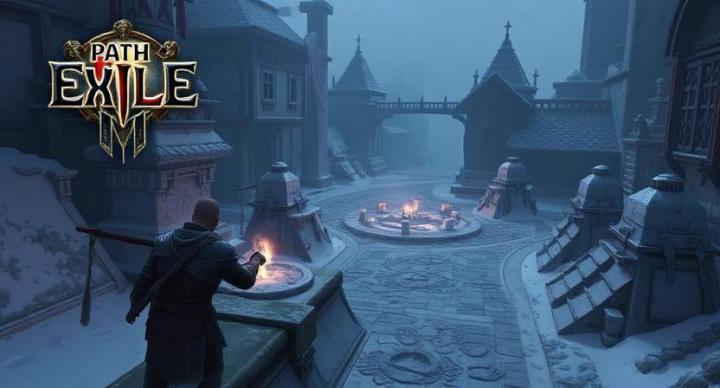
The Influence of League Mechanics on Currency Value
Path of Exile 2 is well known for its seasonal leagues, each introducing unique mechanics that dramatically influence player behavior and the in-game economy. These leagues can cause significant seasonal effects on the value and circulation of various currency items. For example, a league focused on a mechanic that rewards currency drops or modifies crafting opportunities will increase demand for specific orbs associated with those systems. Players will prioritize farming certain content to capitalize on these mechanics, leading to fluctuations in currency availability and value. This dynamic causes the in-game market to behave differently depending on the current league’s features, creating clear seasonal effects.
Player Demand and Market Fluctuations
The arrival of new leagues resets the playing field, causing players to stockpile or spend currency differently than during the league’s middle or end. Early league phases often see high demand for entry-level currency like Chaos Orbs and Orb of Alchemy as players gear up and craft basic items. As the league progresses, higher-tier currency such as Exalted Orbs or Divine Orbs typically increase in value due to more advanced crafting and endgame goals. Seasonal content can also drive temporary spikes or drops in currency depending on how easily players can farm it. For example, a league that increases monster density or item drop rates might cause short-term inflation or deflation of certain currencies.
Impact of Seasonal Events and Promotions
Grinding Gear Games occasionally adds special events or promotions during leagues that further affect currency flow. These can include events that double drop rates, special vendor recipes, or league-specific vendor items requiring unique currency combinations. These events can flood the market with particular orbs or make others scarcer, depending on their design. Seasonal effects are amplified by player reactions to these events, who might hoard currency in anticipation of price increases or rush to spend it before value decreases. As a result, the POE 2 economy experiences a living rhythm that ebbs and flows with seasonal content updates.
Currency Hoarding and Release Cycles
Many players engage in currency hoarding strategies based on seasonal expectations. Knowing that certain currencies will become more valuable at specific points in the league cycle encourages players to accumulate them early and sell at peak times. This behavior reinforces seasonal currency cycles, where market liquidity rises and falls predictably. Additionally, the transition between leagues, commonly called the reset, triggers a sharp shift in currency demand. Players often liquidate or convert their holdings before the reset, causing market turbulence. Post-reset, currency values tend to stabilize as the economy resets and new players begin their progression.
Long-Term Economic Patterns
Over multiple leagues, data reveals clear patterns in how POE 2 currency behaves seasonally. Some currencies maintain stable value due to their fundamental role in crafting and trading, while others exhibit high volatility tied to league mechanics or popular meta shifts. Content creators, traders, and dedicated players who understand these seasonal effects can anticipate market trends and optimize their farming or trading strategies. In this way, POE 2’s currency system is not only a tool for gameplay but also a complex economic ecosystem influenced heavily by seasonal changes and player interaction.